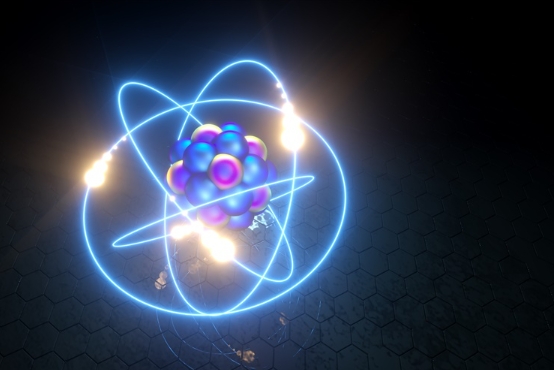
In Chengdu, southwest China, HHMAX-Energy, founded in 2022, is developing a compact fusion device using linear Field-Reversed Configuration (FRC) technology. Chairman Xiang Jiang explained: “Traditional approaches require sustained ‘ignition of the sun.’ If traditional tech is like a sprawling subway system, we plan to build a nimble, high-speed maglev train.” This approach, also used by U.S.-based Helion Energy, seeks to simplify fusion processes. Meanwhile, in Xi’an, 700 kilometers north, StarTorus Fusion, started by ex-Tsinghua University researchers, built an experimental device in 279 days and doubled its plasma current in three months. Founder Chen Rui said: “We’re not changing direction. We’re redefining the approach.”
In Shanghai, Energy Singularity achieved a breakthrough in March 2025, with its high-temperature superconducting tokamak magnet reaching 21.7 tesla, topping a prior U.S. record. The company plans to finish its next tokamak by 2027, targeting a 10-fold energy gain. In 2024, Chinese authorities prioritized fusion as a core future energy technology, boosting efforts in cities like Shanghai, which aims to become a global hub for nuclear equipment and R&D. Duan Xuru, chief fusion scientist at China National Nuclear Corporation, noted: “Commercial fusion could have become viable around 2050, but leaps in high-temperature superconductors, AI, and advanced materials might accelerate this timeline.”
China’s progress builds on milestones like the Experimental Advanced Superconducting Tokamak (EAST) in Hefei, which sustained plasma for 1,066 seconds in January 2025, a world record. Last month, the HL-3 tokamak in Chengdu hit temperatures over 100 million degrees Celsius, advancing combustion research. However, challenges remain, including short operational durations, the need for heat-resistant materials, and improving efficiency for net energy gain. Xiang Jiang likened it to crafting an “alchemy furnace,” saying: “Mastering fusion while engineering a reactor resilient to million-degree heat and sudden shocks is a task demanding industry-wide collaboration.”
Investment lags behind ambition, with China’s private funding at $500 million over five years, compared to $5 billion in the U.S. Kang Jianshu of LightSilver Capital, an investor in HHMAX-Energy, said: “Capital seeking short-term returns or rapid commercialization would find itself fundamentally incompatible with this sector. Our investment horizon can span 8 to 10 years. Patience is the key.” HHMAX-Energy also explores interim revenue through neutron source applications in medicine and industry, supporting its long-term fusion goals.